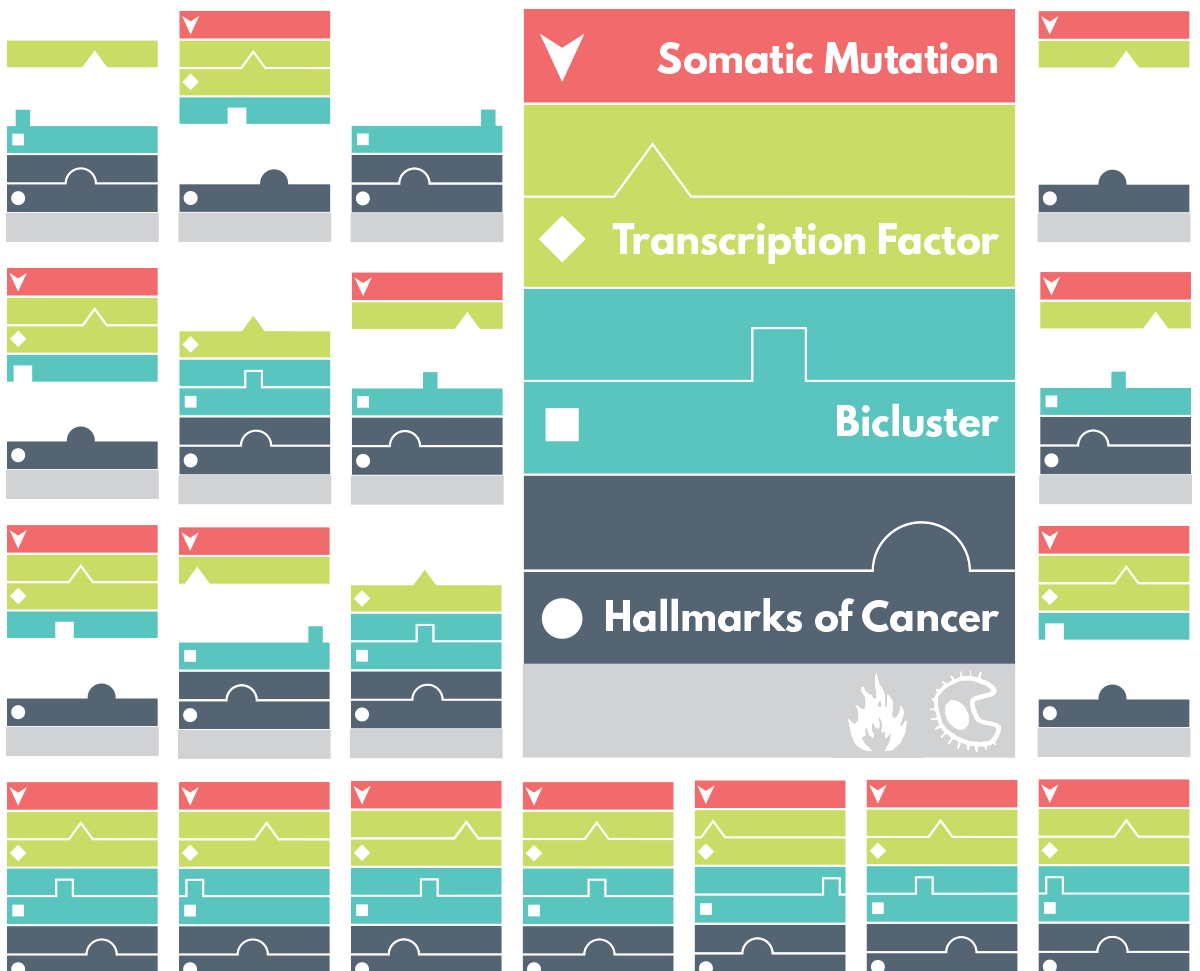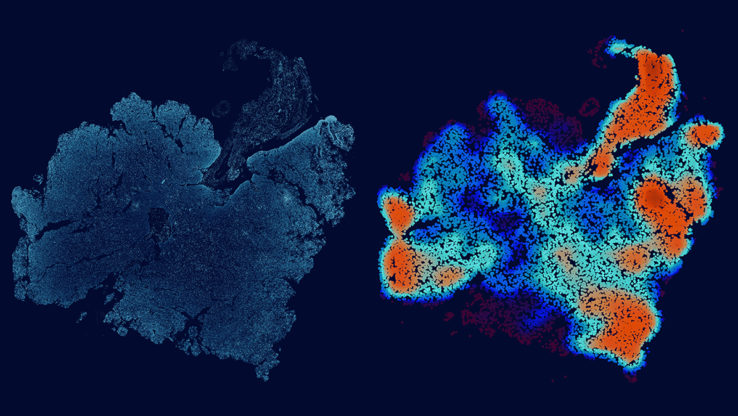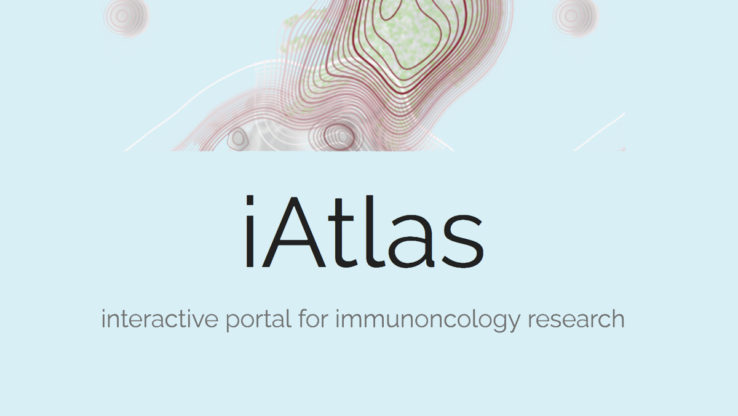July 14, 2016
3 Bullets:
- Using data from TCGA and ENCODE, ISB researchers developed an integrative database and analysis platform that provides insight into the underpinnings of glioblastoma multiforme.
- Researchers developed a way to intelligently discover combinations of small RNA molecules and drugs that can lead to synergistic effects.
- They also Identified a never before seen association between increased levels of immune molecules, tumor immune cell infiltration, and decreased patient survival.
By Dr. Christopher Plaisier
In a study published (online in advance) in Cell Systems on July 14, 2016, researchers at the Institute for Systems Biology have developed a platform for integrating somatic mutations and gene expression from patient data into a mechanistically based transcriptional regulatory network. They applied this approach to construct the most comprehensive regulatory network for the deadly brain cancer glioblastoma multiforme (GBM).
Researchers used data from a large consortium (TCGA and ENCODE) to develop a highly integrative approach which they demonstrate can be used to discover the underlying topology of regulatory interactions, potential drug targets, and dissect the biological underpinnings of disease traits (e.g. tumor lymphocyte infiltration). For the first time, their network suggests a regulatory mechanism for how increased cellular immune proteins are associated with increased tumor lymphocyte infiltration and decreased patient survival in GBM.
With the hope that they will catalyze innovative treatments and cures the Cancer Genome Atlas (TCGA) has assembled clinical, transcriptomic, and genomic data for a large cohort of patient GBM tumors. The challenge with these data has been that each patient tumor contributes only a single snapshot, which is insufficient to provide insight into causal or mechanistic underpinnings of the disease within that patient. They hypothesized that patients with similarly perturbed oncogenic processes would have conserved genomic and molecular patterns, based on which they could be sub-grouped to provide the statistical power required to map the underlying dysfunctional network and identify points of intervention to halt oncogenic processes.
This was the impetus for developing the TF-target gene database (http://tfbsdb.isbscience.net) and the SYstems Genetics Network AnaLysis (SYGNAL) pipeline. Through their studies applying these new tools to GBM, the researchers have demonstrated that multi-omic data from each patient can be stitched together into a gbmSYGNAL transcriptional regulatory network (http://glioma.isbscience.net) to gain clinically/biologically meaningful insights. And that the network structure and integration with orthogonal information (drug targets) can be used to discover intervention points that can lead to synergistic interactions. This demonstrates that ISB’s new SYGNAL pipeline can become a data integration platform that explains the etiology of a disease and provides the knobs which can be turned to maneuver the system back to a healthier state.
Title: Causal Mechanistic Regulatory Network for Glioblastoma Deciphered Using Systems Genetics Network Analysis
Journal: Cell Systems
Authors: Christopher L. Plaisier, Sofie O’Brien, Brady Bernard, Sheila Reynolds, Zac Simon, Chad M. Toledo, Yu Ding, David J. Reiss, Patrick J. Paddison, Nitin S. Baliga
Link: cell.com/cell-systems/fulltext/S2405-4712(16)30189-2



 isbscience.org/research/stitching-together-insight-deadly-brain-cancer-glioblastoma/
isbscience.org/research/stitching-together-insight-deadly-brain-cancer-glioblastoma/








